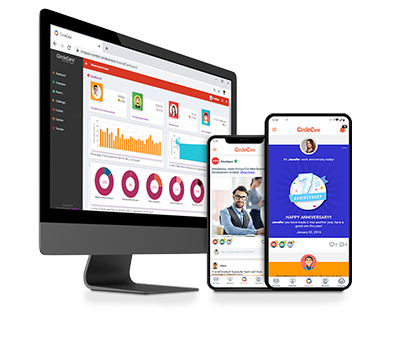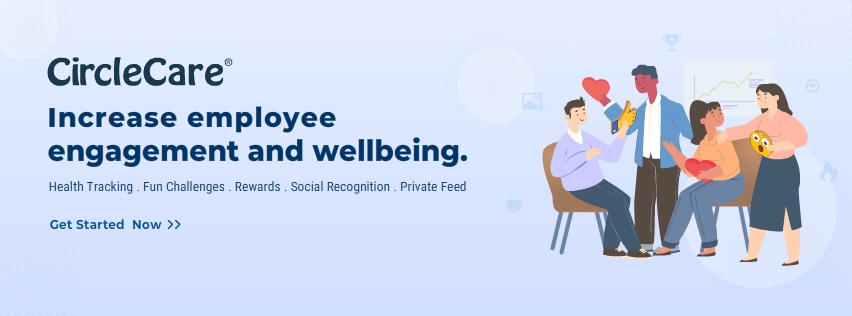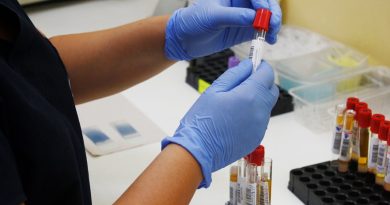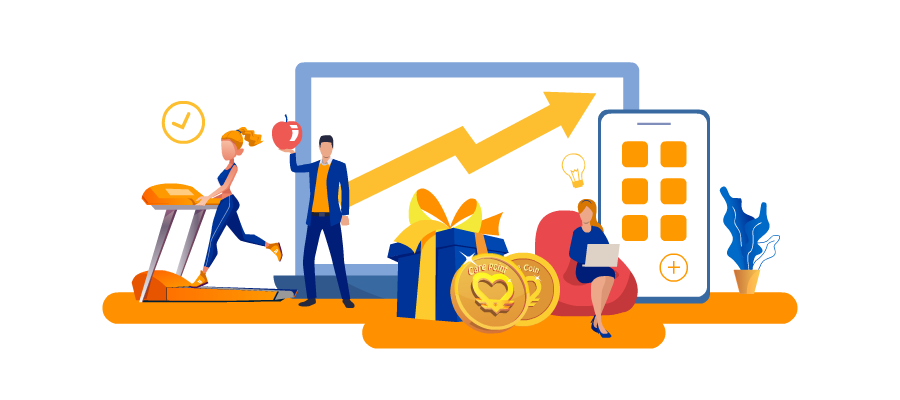Combating Prescription Fraud: Strategies for Prevention and Detection
Picture this: you’re at your local pharmacy, waiting to pick up a prescription for a loved one. As you watch the pharmacist diligently fill the order, you can’t help but wonder: are these medications reaching the right hands? It’s a more relevant question than ever in today’s world, where prescription fraud lurks in the shadows of healthcare systems.
Prescription fraud isn’t just a problem on paper. It’s a real and pressing issue that affects millions of people worldwide. In this blog, we’re diving headfirst into combating prescription fraud. Join us and uncover the strategies and techniques shaping the fight against prescription fraud.
Understanding Prescription Fraud
Prescription fraud is not always visible on the surface, but its effects can be profound and far-reaching. So, what exactly is prescription fraud? Well, it’s not just about someone faking a prescription to get their hands on some pills. People use sneaky tactics to get prescription drugs for reasons other than medical treatment.

Corporate Wellness App
CircleCare
Common Methods Used by Fraudsters
Think of it this way: people out there might forge prescriptions. They visit many doctors to get more medication than they need or even alter prescriptions to get a higher dose. These actions can make people sick, use up a lot of healthcare, and make medical stuff not work right. In cases of suspected prescription fraud, seeking the guidance of a healthcare fraud lawyer can be invaluable. These legal professionals provide representation facing legal challenges related to prescription fraud.
Impact on Healthcare Systems and Individuals
Prescription fraud isn’t just for doctors to worry about; it impacts all of us. It’s like a puzzle we need to solve together, with each part playing a role in stopping it. Let’s learn more about prescription fraud because knowing the problem is the first step to fixing it.
Preventive Measures
When it comes to combating prescription fraud, prevention is key. We need strong defenses to stop fraud and keep our healthcare system safe. So, what can we do to prevent prescription fraud?
Enhanced Prescription Monitoring Programs
One essential step is implementing enhanced prescription monitoring programs. These programs act as a watchful eye. They keep track of patients’ prescription histories and flag any suspicious behavior. By identifying anomalies, healthcare providers can intervene early and prevent fraudulent activities.
Implementation of Electronic Prescribing Systems
Another effective preventive measure is the implementation of electronic prescribing systems. Say goodbye to handwritten prescriptions that can be easily altered or forged. With electronic prescribing, prescriptions are generated electronically, reducing the risk of fraud. It’s like upgrading from an old padlock to a state-of-the-art security system – more reliable and less susceptible to tampering.
Training for Healthcare Professionals
But prevention isn’t just about technology; it’s also about people. That’s why proactive training for healthcare professionals is crucial. Teaching doctors and pharmacists about signs of prescription fraud helps them notice issues. It’s like arming them with knowledge and tools to defend against fraudulent activities.
Patient Education and Awareness Campaigns
Let’s not forget the importance of patient education and awareness campaigns. Many people may not even realize the risks associated with prescription misuse. Teaching patients how to use prescription meds right away helps them stop prescription fraud. It’s like equipping them with the knowledge to make informed decisions about their health.
In essence, prevention is about taking proactive steps to build a robust defense against prescription fraud.
Detection Techniques
Now that we’ve talked about prevention, let’s shift our focus to detection. Think of detection as the alarm system in your house – it alerts you when something suspicious is happening so you can take action. Similarly, detecting prescription fraud requires a combination of vigilance, technology, and collaboration. So, how do we detect fraudulent activities in prescription drugs?
Data Analytics and Pattern Recognition
One powerful tool in our arsenal is data analytics and pattern recognition. Picture sorting through lots of data to find strange things that might mean someone’s being sneaky. By harnessing the power of technology, we can analyze prescription data in real-time. We can also flag any deviations from normal prescribing patterns. It’s like having a detective on the case, uncovering clues, and piecing together the puzzle of prescription fraud.
Collaboration between Healthcare Providers and Law Enforcement
But detection isn’t just about algorithms and software; it’s also about teamwork. Healthcare providers and law enforcement should team up to check prescription fraud. By sharing information and teaming up, we can find suspicious activities more easily. It’s like a neighborhood watch program, where everyone looks out for each other and keeps their community safe.
Use of Technology to Identify Suspicious Activities
Technology plays a key role in identifying suspicious activities related to prescription fraud. There are lots of tools to find potential fraudsters, like prescription databases and special software. By leveraging these technological advancements, we can stay one step ahead of those who want to exploit the system for personal gain.
Reporting Mechanisms for Suspected Fraud
Finally, it’s important to have good ways to report prescription fraud. Healthcare workers and patients should feel confident reporting any suspicious stuff. Whether it’s through tip lines or online portals, having ways to report means fraud can be spotted and dealt with quickly.
Conclusion
Combating prescription fraud requires a united effort, employing prevention and detection strategies. We can solve this problem and keep our healthcare system strong by working together and staying informed. Together, let’s remain vigilant and proactive to protect the health of our communities.








